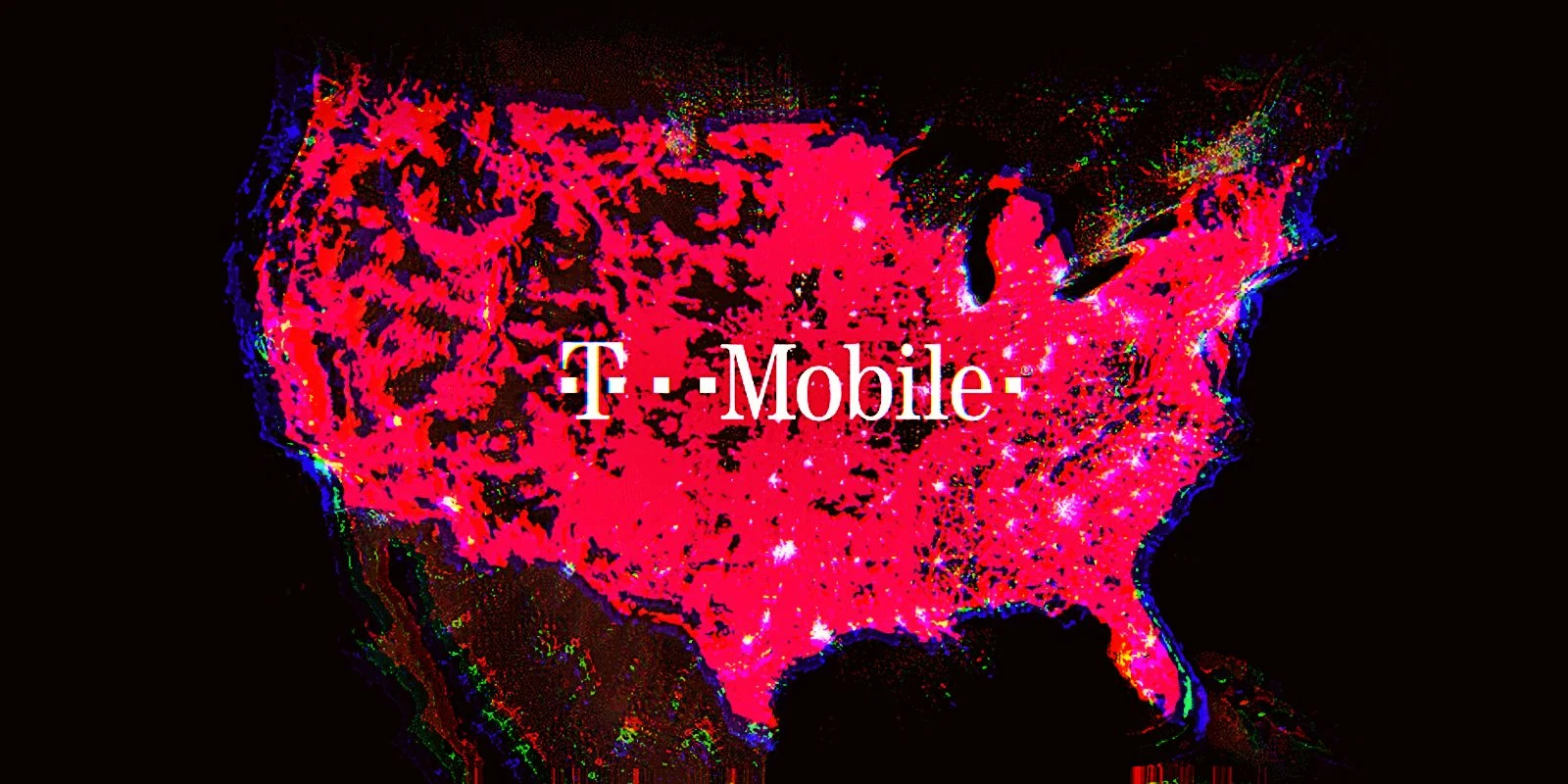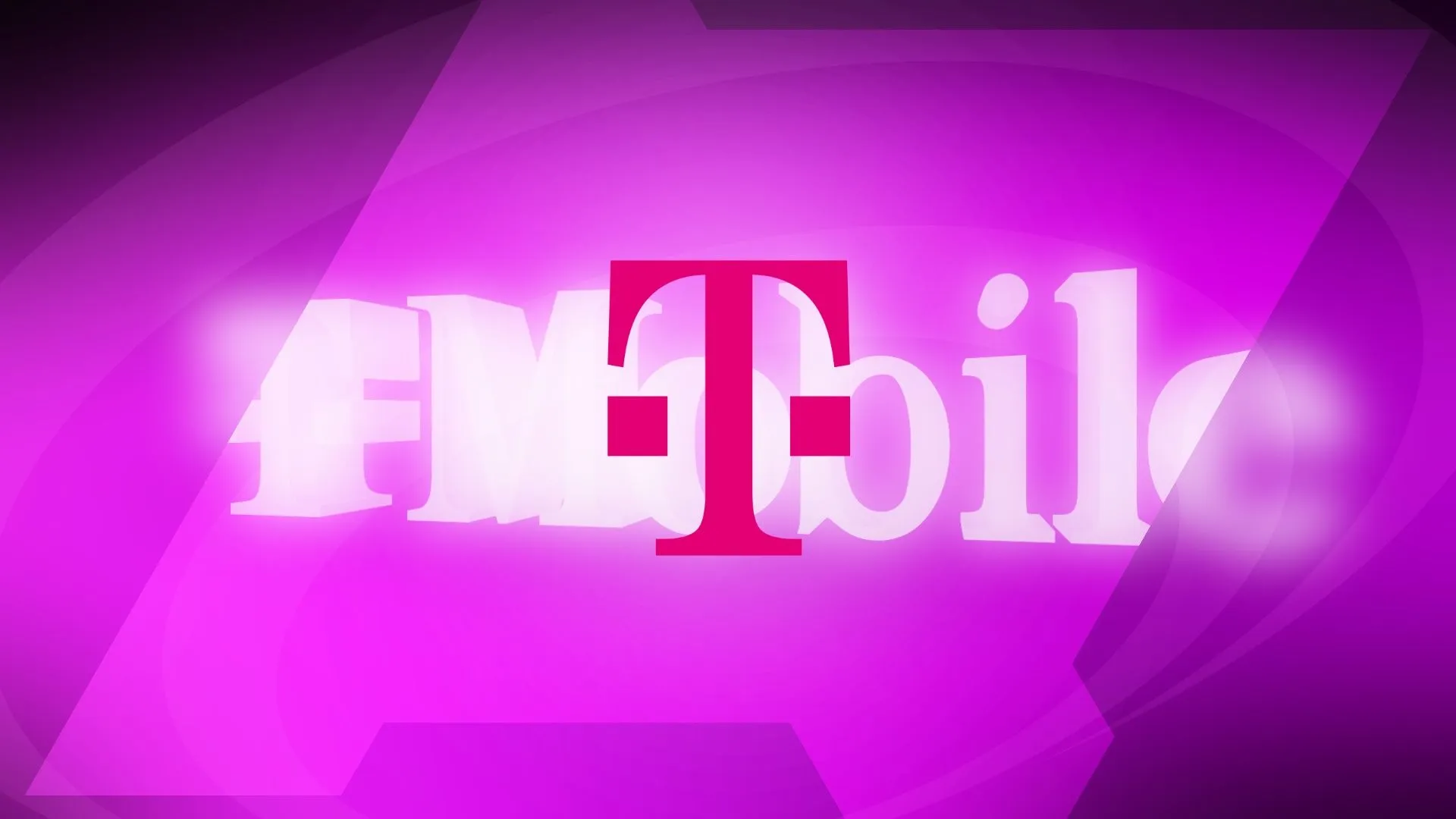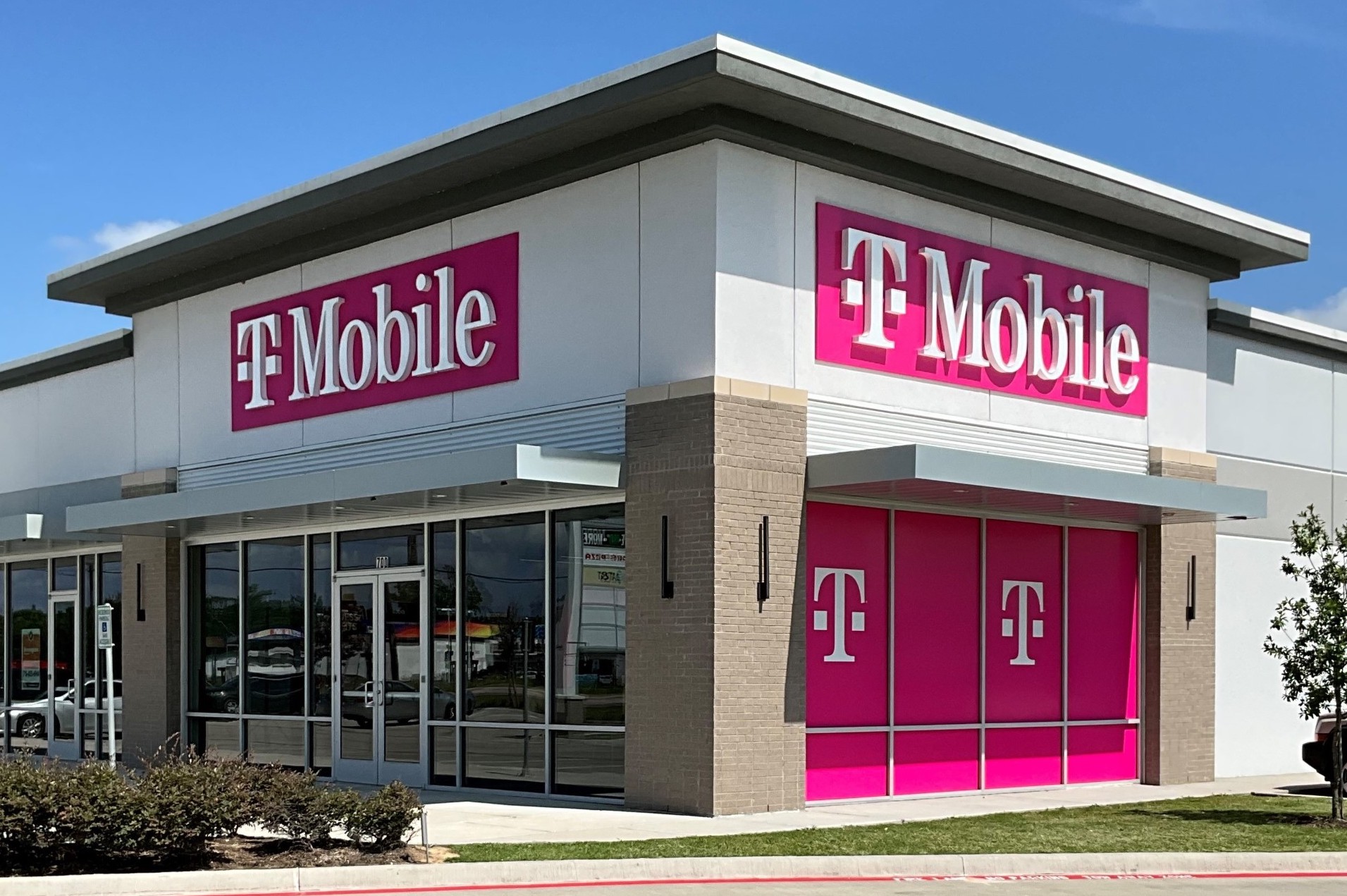In the fiercely competitive world of mobile telecommunications, T-Mobile has long been viewed as the scrappy underdog, continually challenging its bigger rivals with aggressive pricing and innovative service offerings. However, recent developments suggest that T-Mobile’s underdog status might be in question as the company rolls out a series of price increases that could alter its competitive landscape.

T-Mobile’s Strategy: Necessary Adjustment or Strategic Misstep?
The news of T-Mobile’s price hikes, which surfaced amid swirling rumors, has now been confirmed by the company itself. Starting June 5, 2024, the cellular company announced a $2 increase per line per month for some of its monthly service plans.
This change, the first of its kind in nearly a decade, has not only caused a stir among its subscriber base but has also sparked a broader discussion about the implications for the carrier’s market position.
“T-Mobile: Second attempt – For the first time in nearly a decade, we’re making a change to the price of some of our monthly service plans,” the company stated, emphasizing that the plan benefits and due dates remain unchanged.

Subscriber Response and Company Justification
Despite the company’s reassurances that subscribers will retain all their current benefits, including access to “America’s largest and fastest 5G network,” the announcement has not been without backlash. The Mobile company has taken a staggered approach to informing its customer base, which some see as a tactic to minimize public outcry by spreading out the impact.
“The subscriber will still ‘keep all the benefits you currently enjoy,’ according to the company’s official communications. Yet, this incremental approach to price increases has left many wondering if the move is less about maintaining service quality and more about offsetting internal costs discreetly,” remarked a telecommunications analyst.

Comparing T-Mobile with AT&T and Verizon
Despite the price increase, the telco maintains that it continues to offer superior value compared to its main competitors, AT&T and Verizon. The carrier has presented data showing that, for typical family plans, the company customers could still enjoy a cost saving of around 20% for comparable services.
When delving into the specifics, T-Mobile’s competitive edge becomes evident, especially for customers on three-line plans which include perks like the third-line free and bundled streaming services. “Even with these changes, the company’s customers still pay less, saving an average of approximately 20% vs AT&T and Verizon for comparable services and streaming,” the company claims.
Market Perception and Future Outlook
However, the narrowing price gap between T-Mobile and its rivals raises questions about its long-standing image as the cost-effective alternative in the telecom sector.
The strategic shift in pricing strategy might be necessary from a business standpoint, especially in light of rising equipment and deployment costs, but it also risks diluting the brand’s identity as the consumer-friendly choice in a market dominated by higher-priced competitors.

Is T-Mobile Still the Underdog?
The answer is not straightforward. While T-Mobile’s recent price adjustments suggest a move towards the industry’s standard pricing structure, the company still positions itself as offering better value through its pricing and plan features.
Whether these changes will erode its underdog status or reinforce its market position by stabilizing revenue streams in a cost-intensive industry remains to be seen. What is clear, however, is that T-Mobile is navigating a delicate balance between growth and customer retention in an increasingly competitive market.










